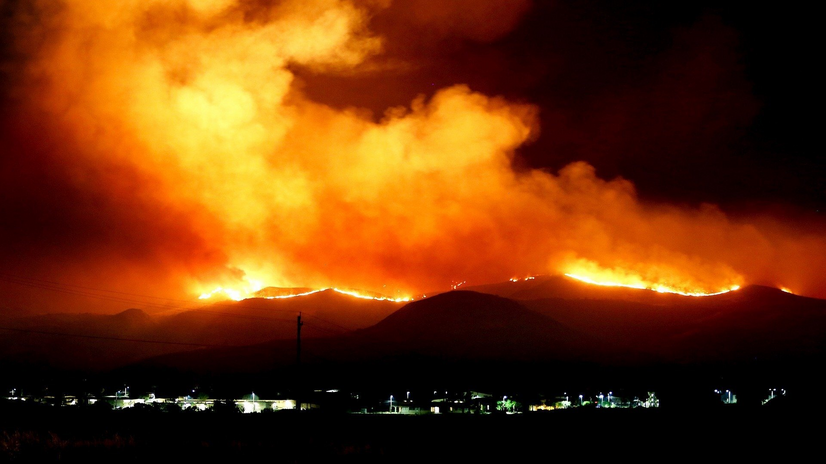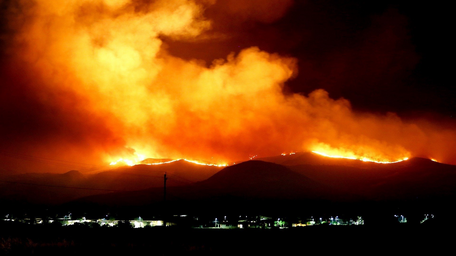Forest fires are a destructive and powerful force of nature. Burning thousands of acres, these fires can be devastating to the world around us. Seasonally, however, these forest fires can be essential to the ecosystem.
Whether looking at forest fires from a positive or negative perspective, there are a lot of lessons we can learn from them that can apply to other areas of life. Here are some of the things we can learn:
1. Large things start small
The immensity of forest fires can be stunning. Spreading across huge areas, it can be hard to imagine the origin of such a blaze. However, it does not take much to start the spread of such a fire. Lighting up a firecracker, leaving a few smoldering ashes- these tiny sources of heat can be enough to spark a fire which spreads across hundreds of miles. Be aware of these small sources of heat; it’s easier to prevent the spark of a fire than it is to deal with the devastation after its blaze.
2. They can be more destructive than you think
When forest fires start so small, it can be hard to imagine such a thing doing much damage. However, forest fires can be devastating, burning down trees and destroying parts of the ecosystem in a specific region. Sometimes they’ll even spread to property, destroying buildings and structures. Beyond the physical cost, however, there are also more abstract costs. The people and animals living near these ecosystems have to feel the effects of breathing in smoke and sometimes ash, harmful to their health. The environmental cost is also great, as the carbon dioxide stored in the trees is released back into the atmosphere, exacerbating the greenhouse effect. Beyond the initial physical effects of the fires, there is more; there is the cost in lives and the cost of climate. Remember; the cost of fires can be more than you initially think.

3. Constant fires cause a positive feedback loop
With the destruction of trees, forest fires release more carbon dioxide into the atmosphere. This contributes in part to a more intense greenhouse effect, with hotter and drier weather. Hotter and drier weather results in forest fires starting easier and growing more intense than they had in the past, resulting in even more destruction than previous ones had. This cycle can be difficult to break since it takes a lot of time to replace the trees lost to forest fires initially.
4. Eventually, the fires end
Although forest fires can be massive and difficult to deal with, they are not eternal. Through the people who work to stop them, through the lack of fuel, or through the rain drenching fires, forest fires end eventually. As powerful and as large as they are, they too, have an end.
5. And healing occurs within the ashes
Even within the destruction of fires, there is growth. Lodgepole pine trees have pine cones that are sealed with resin. These cones will only open when the resin is melted from the heat of fires, allowing for the release of seeds. After these seeds are released, new growth can begin. After wildfires, it is possible to find pine saplings growing among the burnt landscape. Even among the devastating destruction of forest fires, growth can be found. Eventually, this grows back into a forest, and so the cycle begins anew.



